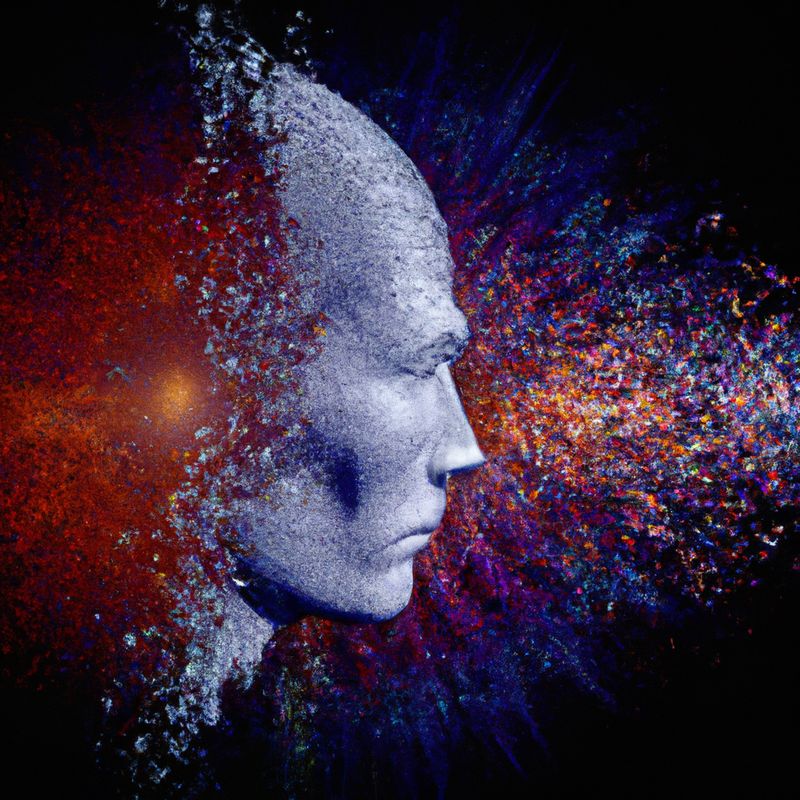How to Choose the Best Neural Network System for Your Needs

Artificial intelligence (AI) is becoming increasingly popular in many industries, and neural network systems are at the heart of the AI revolution. Neural networks are powerful tools that can help you solve complex problems, but how do you choose the best neural network system for your needs? In this article, we’ll explore the different types of neural networks, the factors to consider when selecting a system, and the best neural network systems available today.
What is a Neural Network System?
A neural network system is a type of artificial intelligence that is modeled after the human brain. It consists of multiple layers of neurons, which are connected together to form a network. The neurons are connected to each other in a way that allows them to exchange information and learn from their environment. This type of AI is used for a variety of applications, including image recognition, natural language processing, and autonomous driving.
Types of Neural Network Systems
There are several different types of neural network systems available, including convolutional neural networks, recurrent neural networks, and generative adversarial networks. Each type of network has its own strengths and weaknesses, so it’s important to understand the differences between them before choosing a system.
Convolutional Neural Networks
Convolutional neural networks (CNNs) are the most widely used type of neural network system. They are used for image recognition, object detection, and natural language processing. A CNN consists of multiple layers of neurons that are connected in a way that allows them to learn from their environment. The neurons are arranged in a hierarchical fashion, with each layer focusing on a specific task. For example, the first layer may focus on identifying edges in an image, while the second layer may focus on recognizing shapes.
Recurrent Neural Networks
Recurrent neural networks (RNNs) are a type of neural network system that is used for sequence prediction and natural language processing. Unlike CNNs, RNNs are designed to remember information from previous inputs. This allows them to make predictions based on past data. For example, an RNN could be used to predict the next word in a sentence based on the words that have already been spoken.
Generative Adversarial Networks
Generative adversarial networks (GANs) are a type of neural network system that is used for generating new data. GANs consist of two networks: a generator and a discriminator. The generator creates new data, while the discriminator evaluates the data and determines whether it is real or fake. GANs are used for a variety of tasks, such as image generation, text generation, and video generation.
Factors to Consider When Choosing a Neural Network System
When choosing a neural network system, there are several factors to consider. The first is the type of task you need the system to perform. Different types of networks are better suited for different tasks, so it’s important to choose a system that is optimized for the task at hand. The second factor is the amount of data you have available. More data will make the system more accurate, but it will also require more computing power. Finally, you should consider the type of hardware you have available. Different types of neural networks require different types of hardware, so it’s important to choose a system that is compatible with your hardware.
The Best Neural Network Systems Available Today
There are several neural network systems available today, each with its own strengths and weaknesses. Some of the most popular systems include Google’s TensorFlow, Microsoft’s Cognitive Toolkit, and Facebook’s PyTorch. Each of these systems is designed for different tasks, so it’s important to choose the system that is best suited for your needs.
Conclusion
Choosing the best neural network system for your needs can be a daunting task. There are several types of networks available, each with its own strengths and weaknesses. It’s important to understand the different types of networks and the factors to consider when selecting a system. Once you’ve chosen the best system for your needs, you’ll be able to take advantage of the power of artificial intelligence to solve complex problems.